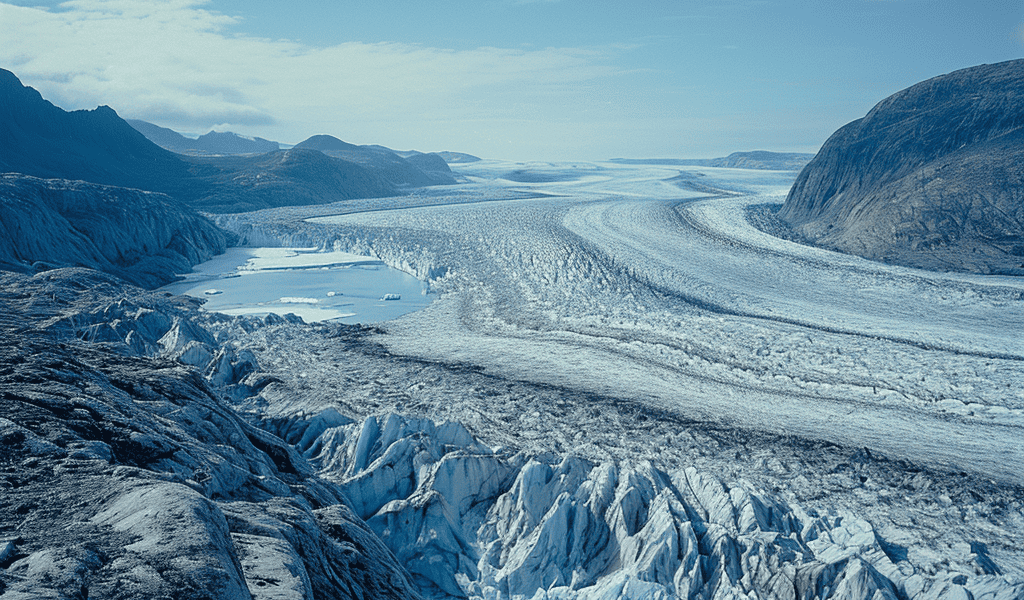Greenland’s Ice Sheet Experiencing Widespread Acceleration in Calving, Leading to Significant Ice Loss and Rising Sea Levels
Greenland’s ice sheet has been experiencing widespread acceleration in calving, leading to significant ice loss and contributing to rising sea levels and global climate impacts. A recent study has revealed that the Greenland Ice Sheet (GrIS) has lost 5,091 ± 72 km2 of area and 1,034 ± 120 Gt of ice to retreat since 1985, indicating a substantial underestimation of recent mass loss from Greenland in current consensus estimates.
Researchers combined over 236,000 manually derived and AI-derived observations of glacier terminus positions collected from 1985 to 2022 to generate a 120-m-resolution mask defining the ice-sheet extent every month for nearly four decades. The findings suggest that neglecting calving-front retreat has led to a significant underestimation of ice-sheet mass balance, indicating the need for a reassessment of current estimates.
The study indicates that the mass loss, while not directly impacting global sea levels, is sufficient to affect ocean circulation and the distribution of heat energy around the globe. The research also highlights the correlation between multidecadal retreat and the magnitude of seasonal advance and retreat of each glacier, suggesting that terminus-position variability on seasonal timescales can serve as an indicator of glacier sensitivity to longer-term climate change.
The monthly ice masks developed for the study are available through the NASA MEaSUREs ITS_LIVE project and can be accessed through the National Snow and Ice Data Center. The archived version of the code used to create the monthly ice masks, analyze the data, and create the figures in this manuscript is also available for reference.





